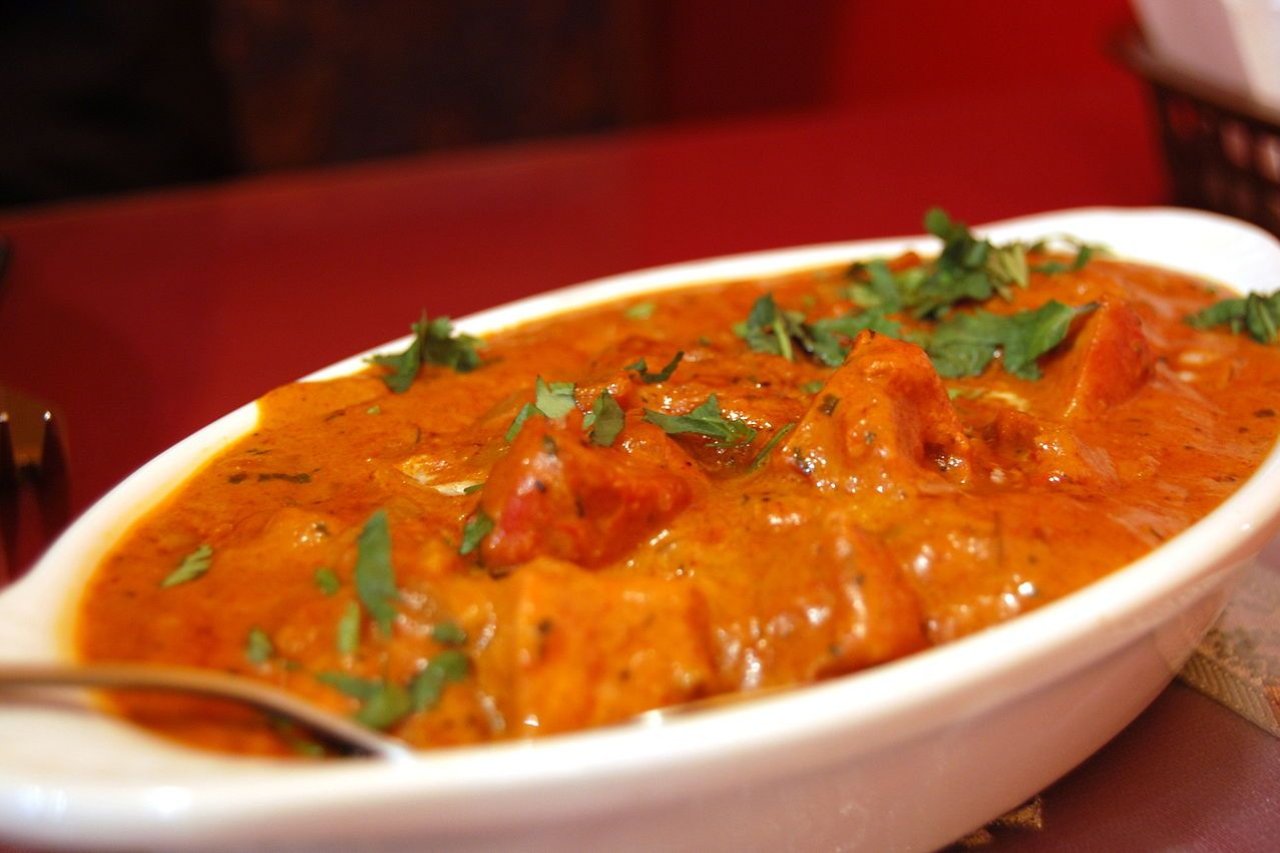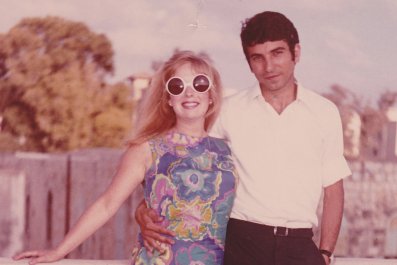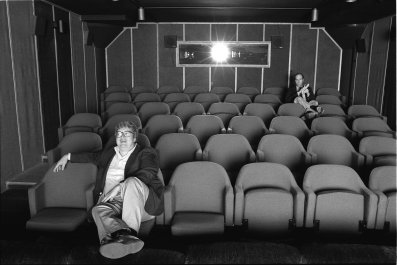Restaurant awards ceremonies rarely come up with the unexpected – especially if they involve votes from the fractious food community. Imagine the surprise, then, when the prestigious National Restaurant Awards declared a new Indian restaurant in London's Mayfair to be Restaurant of the Year. Gymkhana has been making a name for itself since opening last September, with several food critics queueing up for return visits within the first week. Giles Coren, the curmudgeonly critic of The Times, gave it his first ever perfect score and declared "Gymkhana is the best restaurant I have ever been to".
What is doubly interesting is that it is the first time an Indian restaurant has won the award, despite the huge role of Indian cuisine in British culture. A case can be made that one of the first restaurants to open in London was in fact the Hindoostanee Coffee House in 1810. Since Indian Independence in 1947, surveys also claim that chicken tikka masala is Britain's favourite dish. In popular mythology, a group of (usually male) friends spend the early evening in a pub getting inebriated before staggering to the nearest Indian Curry House for a tikka masala and a vindaloo to banish the effects of their earlier night out.
Gymkhana and Karam Sethi, its young British born chef, obviously take the concept to an entirely new level, both here and at Trishna, his Michelin-starred place in nearby Fitzrovia. In fact, many culinary observers believe that the most exciting and innovative Indian cuisine is not to be found in Delhi and Bombay, but in exclusive locations in Mayfair and Knightsbridge.
It is not difficult to comprehend what the fuss is about at Gymkhana. Decorated in the style of British sporting clubs in pre-independent India, the walls are covered in photographs of moutaschioed polo players or cricketers, with ceiling fans cooling the dark wooden booths and marble topped tables below. Sethi says the whole concept "is influenced by my childhood visits to the Gymkhana Club in Delhi along with the bar and dining room at the Delhi Golf Club. My memories are of good drinks, good bar food and good company".
Forget the ambience though; it is the quality and authentic spiciness of the food that really attracts the customers. This is as near as it gets to Indian home cooking with an attractive emphasis on game dishes, such as Partridge pepper fry, quail seekh kebab or the glorious wild muntjac biryani with pomegranate and mint raita. Sethi says: "Hunting is banned in India, so all you can get are farmed quails, but the Indian rajahs who have partridge or pheasants on their estates obviously eat them."
Indian cuisine is obviously booming in Britain – there are almost 10,000 traditional curry houses and, in London, Indian food has the highest number of Michelin stars (six) after French cuisine (13) and double the number of Italian (three). The style of most of these haute cuisine establishments, though, is "Frenchified" with a tasting menu presentation of highly elaborate small plates.
Sethi puts his success down to the fact that, "Gymkhana sits in between the Brick Lane curry houses and the high end Michelin-starred Indian places. The love of Indian food in Britain started in the seventies, when it was a curry Bangladeshi sort of thing and it stills goes on but more and more people are travelling to India, so they know it is more than just a curry house style". Also, London is the hub for wealthy NRIs (Non Resident Indians), and they make up a third of Gymkhana's clients. This interchange between the two countries also leads to interesting developments in India, where there are more and more high-end establishments catering to wealthy Indians and tourists. Then there is the controversial question of whether in fact London has the world's best Indian restaurants rather than India itself.
What makes it a difficult topic is that fine dining in India is in its infancy. Camellia Panjabi, the director of Masala World, which has 10 restaurants in London, including Amaya and Chutney Mary's, believes that "in the past 50 years, fine dining in India existed only in five star hotels and these were not chef-lead but run by hotel management. They basically served north Indian cuisine in bowls and regional cuisines such as Bengali or Tamil, have only emerged in India's restaurants in the past decade. It is even later than this that whimsical food has started in India, which came about from what young chefs saw happening in London in places like Chutney Mary and Amaya."
Apart from Karam Sethi, all of the chefs at the Michelin-starred places in London came from five star hotels in India, but now young Indian chefs come to London or even Spain to get inspiration for innovative places in India. Vir Sanghvi, the leading Indian food writer, with three quarters of a million Twitter followers, believes some of the Indian cuisine in London is excellent "and it set the trends for what is happening in India.
"However, there are changes internationally – Gaggan, the only Indian restaurant in the World's Top 50 Restaurant Awards, is in Bangkok and the chef developed his own ideas in Calcutta and from El Bulli in Spain, without ever working in a London restaurant."
The other difficulty until recently was the quality of ingredients in India, where amounts of pesticide were rarely checked and animals were not necessarily reared to international standards. "Until recently, Indian chefs never got to use really good ingredients – in fact, hoteliers used to criticise chefs if they tried to use expensive ingredients," says Sanghvi. "For too long,
Indian food in India has been the interplay of spices rather than the actual ingredients."
Karam Sethi agrees: "In terms of quality, the whole package in London of ambience and décor, is more innovative and creative. I still think there are only a very small number of places in India – a handful – where the food is as good as it is here."
Sanghvi concedes that "the English are surprisingly well informed about Indian food and any differences are simply because there are always local differences. I think the interpretation of Indian food in London is as valid as say the way French food is served in New York or Italian food in London".






























